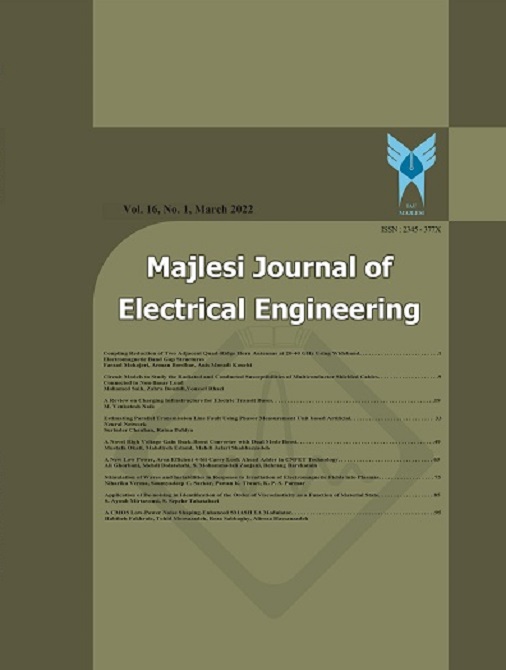[1]M. Farooq Sabir, R. W. Heath, and A. Cornard Bovik, “Joint Source-Channel Distortion Modeling for MPEG-4 Video, ” IEEE Trans. Image Processing. , Vol. 18, no. 1, January. 2009.
[2] M. Bystrom and J. W. Modestino, “Combined source-channel coding schemes for video transmission over an additive white Gaussian noise
channel, ”IEEE J. Sel. Areas Commun., vol. 18, no. 6, pp. 880–890,Jun. 2000.
[3] G. Cheung and A. Zakhor, “Bit allocation for joint source/channel coding of scalable video, ” IEEE Trans. Image Process., vol. 9, no. 3, pp. 340–356, Mar. 2000.
[4] L. P. Kondi, F. Ishtiaq, and A. K. Katsaggelos, “Joint source-channel coding for motion-compensated dct-based snr scalable video, ” IEEE Trans. Image Process., vol. 11, no. 11, pp. 1043–1052, Sep. 2002.
[5] F. Zhai, Y. Eisenberg, T. Pappas, R. Berry, and A. Katsaggelos, “Rate-distortion optimized hybrid error control for real-time packetized video transmission, ” IEEE Trans. Image Process., vol. 15, no. 1, pp. 40–53, Jan. 2006.
[6] David Salomon, “Data Compression, ” Third Edition, Springer, 2004.
[7] I. E. G. Richardson, “H.264 and MPEG-4 Video Compression, Video Coding for Next-generation Multimedia, ” New York: Wiley, 2003.
[8] Y. Q. Shi and H. Sun, “Image and Video Compression for Multimedia Engineering, Fundamentals, Algorithms, and Standards, ” ISBN 0-8493-3491-8, 1999.
[9] N. Provos and P. Honeyman, “Hide and Seek: An Introduction to Steganography, ” IEEE: Security &Privacy, vol. 1, pp. 32-44, 2003.
[10] K. Solanki, N. Jacobsen, U. Madhow, Manjunath, B. S. Chandrasekaran, “Robust image-adaptive data hiding based on erasure and error correction, ” IEEE Trans. On Image Processing 13(12) (2004) 1627 –1639.
[11] A. Westfeld, “F5 - A Steganographic Algorithm: High Capacity Despite Better Steganalysis, ” Lecture Notes in Computer Science, vol. 2137, pp. 289-302, 2001.
[12] J. Portilla and E. P. Simoncelli, “A parametric texture model based on joint statistics of complex wavelet coefficients” International Journal of Computer Vision, vol. 40, no. 1, pp. 49–71, 2000.
[13] J. C. Moreira and P. G. Farrell, “Essentials of Error- Control Coding, ” John Wiley & Sons, Ltd, 2006.
[14] D.A. Huffman, “A method for the construction of minimum redundancy codes, ” Proc. IRE, Vol. 40, pp.1098-l 101, 1952.
[15] J. G. Proakis, Digital Communications, Mcgraw Hill, Hardcover, 1995.
[16] Shannon, C. E., “Communications in the presence of noise, ” Proc. IEEE, vol. 86, no. 2,pp. 447–458, February 1998.
[17] Carlson, B.,Communication Systems. An Introduction to Signals and Noise in Electrical Communication, 3rd Edition, McGraw-Hill, New York, 1986.
[18] Shannon, C. E., “A mathematical theory of communication, ” Bell Syst. Tech. J., vol. 27, pp. 379–423, 623–656, July and October 1948.
[19] Video Test Media [derfs collection]; in https://media.xiph.org/video/derf

